| Structure | Name/CAS No. | Articles |
|---|---|---|
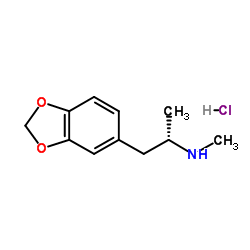 |
s(+)-3 4-mdma hcl
CAS:64057-70-1 |
|
 |
Prazosin hydrochloride
CAS:19237-84-4 |
|
 |
Fluoxetine Hydrochloride
CAS:56296-78-7 |
|
 |
methylphenidate hydrochloride
CAS:298-59-9 |
|
 |
3,4-methylenedioxymethamphetamine
CAS:42542-10-9 |
|
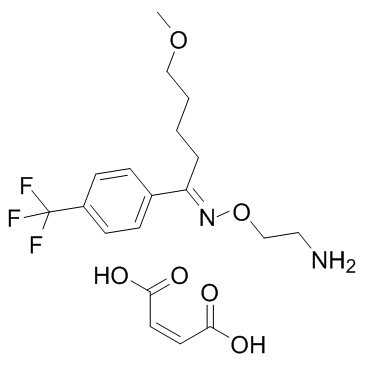 |
Fluvoxamine maleat
CAS:61718-82-9 |
|
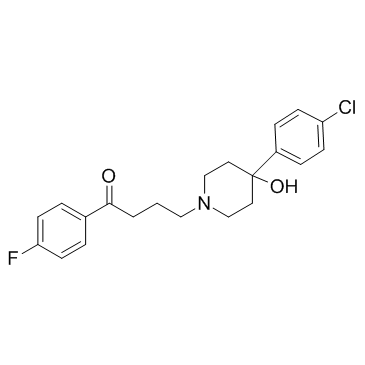 |
haloperidol
CAS:52-86-8 |
|
 |
Desipramine hydrochloride
CAS:58-28-6 |
|
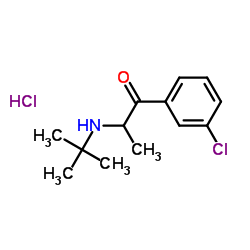 |
bupropion hydrochloride
CAS:31677-93-7 |
|
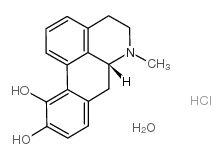 |
R-(-)-Apomorphine
CAS:41372-20-7 |